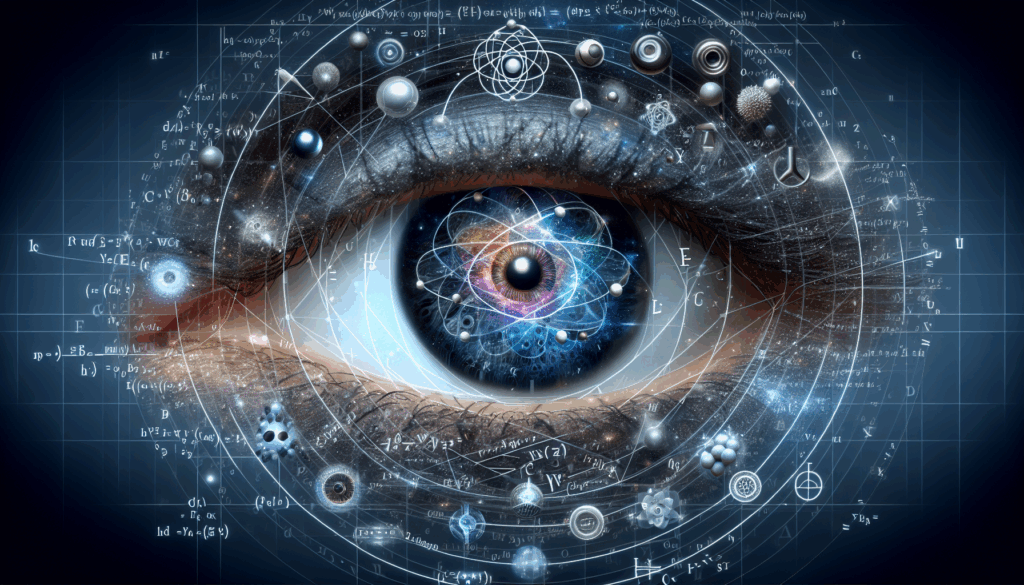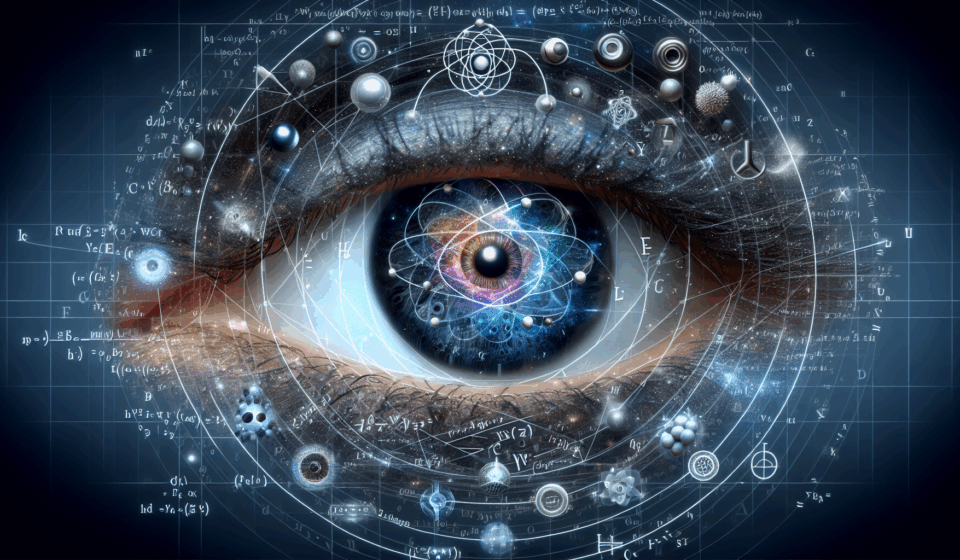
The Chapters “Human Eye and the Colorful World,” begins by likening the human eye to a camera, emphasizing its role as a sensitive organ that allows us to perceive the world and its colors.
Table Of Content
Structure of the Human Eye
The chapter details the main components of the eye, including the cornea, which is the transparent outer layer where most refraction occurs, and the crystalline lens, which adjusts focal length. The iris controls the size of the pupil, while the retina serves as the screen where images are formed. The optic nerve transmits visual information to the brain, allowing us to see objects as they are.
Image Formation
Light enters the eye through the cornea and forms a real, diminished, and inverted image on the retina. The retina contains light-sensitive cells called rods and cones, which respond to light intensity and color, respectively. When light activates these cells, they generate electrical signals sent to the brain, enabling vision.
Accommodation
The document explains the concept of accommodation, which is the eye’s ability to focus on both near and distant objects by adjusting the lens’s curvature. When viewing nearby objects, the ciliary muscles contract, making the lens thicker and decreasing its focal length. Conversely, for distant objects, the ciliary muscles relax, resulting in a thinner lens and increased focal length.
Range of Normal Vision
The normal range of vision for a healthy human eye is from 25 cm to infinity, with the near point being 25 cm. The document also discusses persistence of vision, which is the duration for which an image remains in the eye, approximately 1/16th of a second.
Defects of Vision
The chapter outlines common vision defects, including myopia (short-sightedness), where distant objects appear blurry because the image is formed in front of the retina. This condition can be corrected with a concave lens. In contrast, hypermetropia (far-sightedness) allows clear vision of distant objects but not nearby ones, as the image is formed behind the retina; this can be corrected with a convex lens. Presbyopia affects older individuals, resulting in difficulty focusing on close objects due to weakened ciliary muscles and lens elasticity, requiring bifocal lenses for correction.
Optical Phenomena
The document also delves into the refraction and dispersion of light, explaining how a prism can separate white light into its constituent colors, creating a spectrum. This phenomenon is responsible for natural occurrences such as rainbows, which form when sunlight is refracted and dispersed by water droplets in the atmosphere.
Atmospheric Refraction
Atmospheric refraction causes the twinkling of stars, as starlight bends due to varying air densities. The document notes that planets do not twinkle because they are larger and closer to Earth, appearing as a collection of point-sized light sources. Additionally, atmospheric refraction leads to the phenomenon of advanced sunrise and delayed sunset, allowing the sun to be visible for a short time before and after it has actually risen or set.
In summary, “EYE.pdf” provides a detailed examination of the human eye’s structure and function, the mechanics of vision, common defects, and the fascinating optical phenomena that arise from the interaction of light with various mediums.





